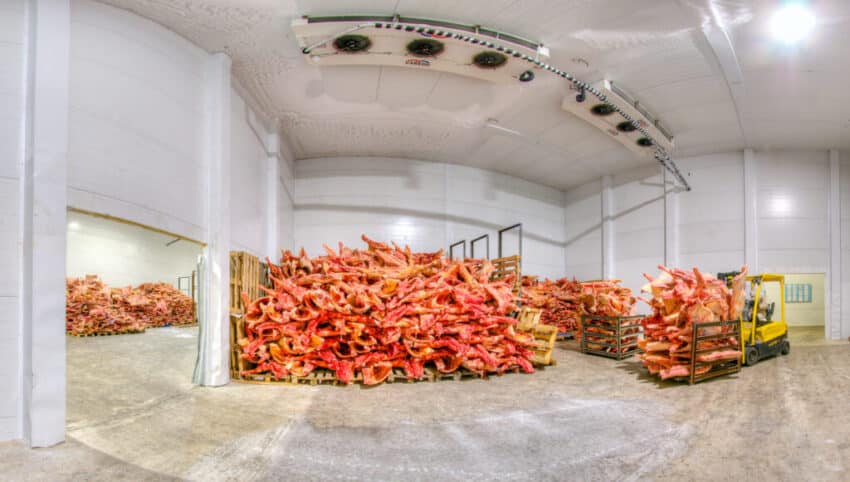Consumption of perishable goods worldwide is rising, creating a need for more efficient temperature controlled supply chains or “cold chains.”
In the UK, the cold chain logistics market is expected to reach over an estimated £18 billion by 2026.
The pandemic is even intensifying this. Consumers are buying more of their essentials online and fulfilling such orders involving fresh and frozen produce requires refrigerated warehouses and vehicles for storage and transportation. The pharmaceutical industry is also set to have greater demand for cold chains in anticipation of delivering life-saving medication across the globe.
Unfortunately, incidents brought about by inefficiency and failures in cold chains are still commonplace which result in waste and loss for the industries that rely on them. To address this, companies are implementing technologies such as data-logging devices and systems for better cold chain monitoring.
Most of these solutions, however, are geared toward large enterprises, leaving out key cold chain stakeholders that are small to medium-sized enterprises (SMEs). Businesses such as grocers, restaurants, and retailers typically don’t have access to these technologies yet they could greatly benefit from such solutions.
Globally, the temperature-controlled monitoring market is projected to be worth approximately over £14 billion by 2026. But can this growth positively impact SMEs as well?
Impact on SMEs
SMEs are often situated further downstream of cold chains. As such, many smaller operations are convinced that they don’t need to invest in supply chain technologies. However, they are the ones interfacing with customers, involved in last-mile logistics, or are the end customers themselves. They are responsible for immediately dealing with customer complaints such as damaged goods or spoiled products and even for absorbing the costs of managing such concerns.
Incidents such as temperature excursions and the exposure of goods to adverse conditions can happen well further upstream. Factors such as transportation delays and poor handling are beyond SMEs’ control. Without access to monitoring data, SMEs often just have to wait for the actual delivery of goods to know their condition.
Through better monitoring, SMEs will be able to identify if the packages they expect to receive have encountered issues. This allows them to quickly trigger reverse logistics orders and avoid absorbing the impact of spoiled and damaged goods themselves. Reduction in actual waste can unburden most SMEs so it only makes sense for them to adopt solutions that can improve their end of the supply chain.
Adopting digital solutions
What will give SMEs the ability to track cold chain issues is accessible monitoring tech. Previously, only larger businesses can track the conditions in which products and packages are kept since they are the ones that have the access to supply chain management systems that are used by their warehouses and fleets. Today, advancements in sensors and connectivity technology have made tracking more affordable, capable, and portable. Individual packages can now be equipped with tags and trackers that can log various condition information including temperature, humidity, and ambient light, and even the effects of physical handling such as shocks and tilt.
These tags are equipped with RFID or QR codes and can be scanned using common devices such as mobile phones at any point of their journey. Through cloud computing, logging data can even be sent to the internet, giving users instant access to their packages’ condition. The cost of these tags has become quite affordable that even SMEs can readily implement them without the need to invest significant capital and effort.
Aside from logging and tracking technologies, developments in data transparency can also potentially benefit SMEs. Blockchain, for example, provides transparent and immutable record keeping and is now being explored for use in supply chains particularly in pharma and healthcare. Blockchain can prevent unscrupulous parties from manipulating condition data, ensuring that the information made available to all parties is true and accurate. SMEs can lobby to be included in such blockchain consortia and gain access to all the transaction records concerning their packages.
More efficient networks
What SMEs can essentially gain from access to cold chain monitoring is the ability to hold their networks and themselves more accountable. By knowing what exactly happens to the packages that they receive, they can readily determine if these products are fit to sell and consume. They can immediately work on resolving these issues by improving their own processes and by working with their suppliers more closely to minimize untoward incidents. Efficient cold chains can help prevent costly issues. Most importantly, SMEs will be able to guarantee their customers that the food and medicine that they will purchase are kept in the best condition possible.


